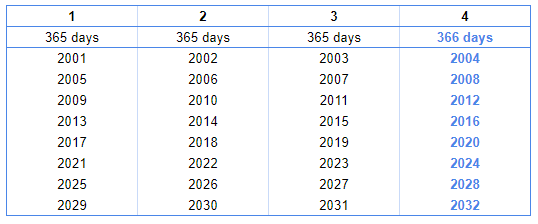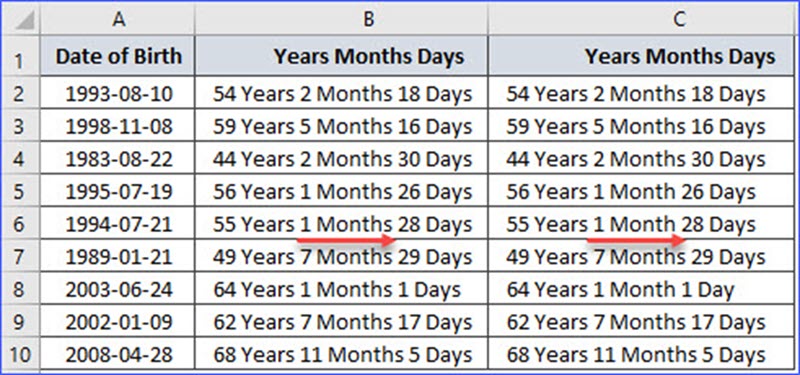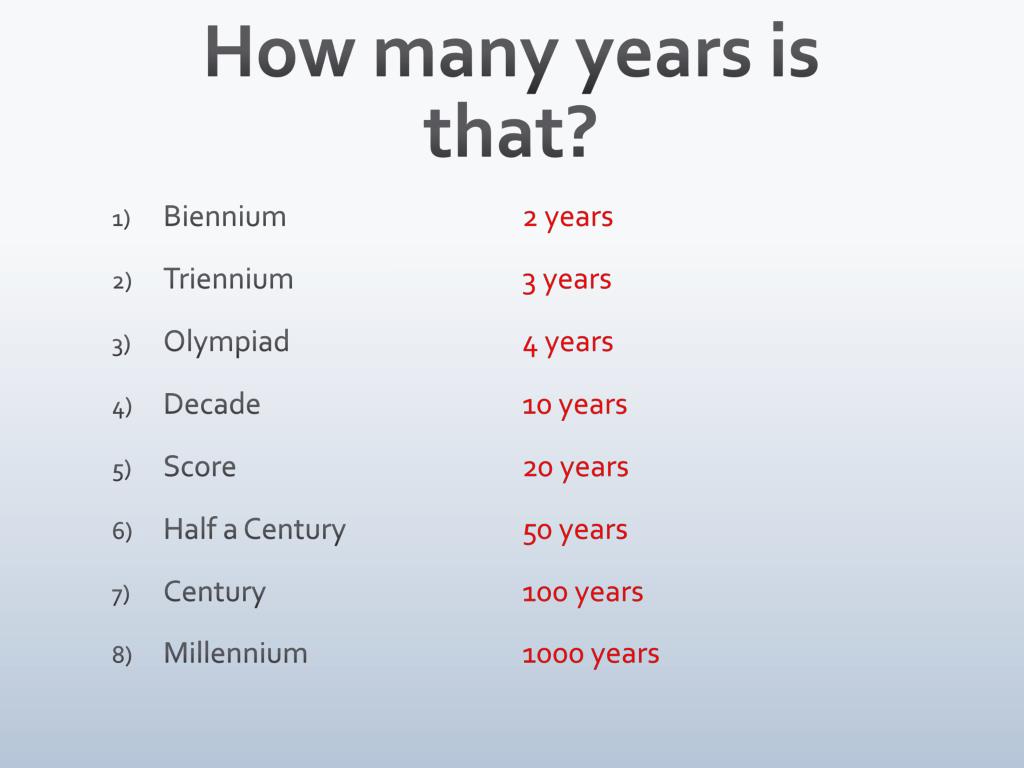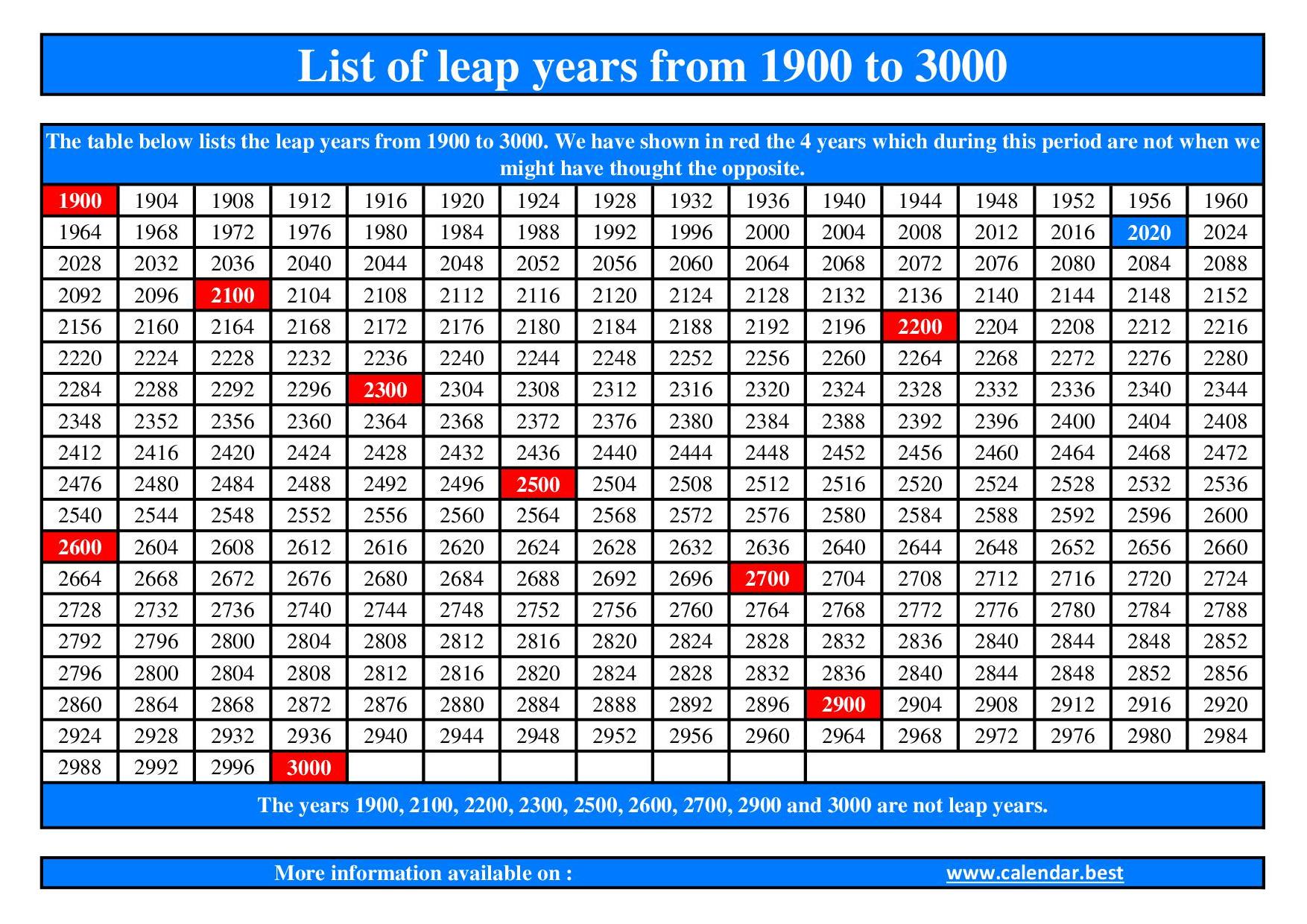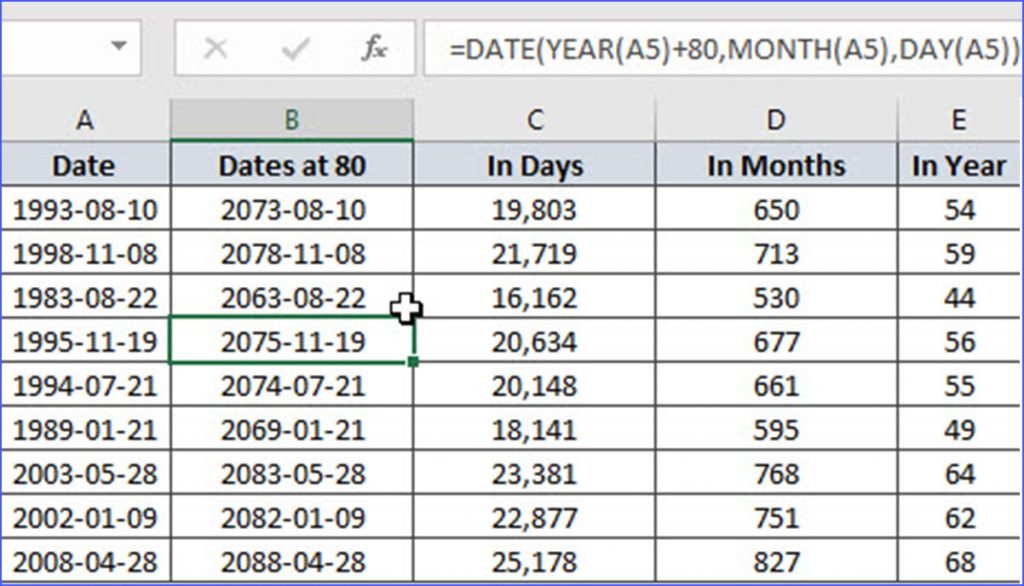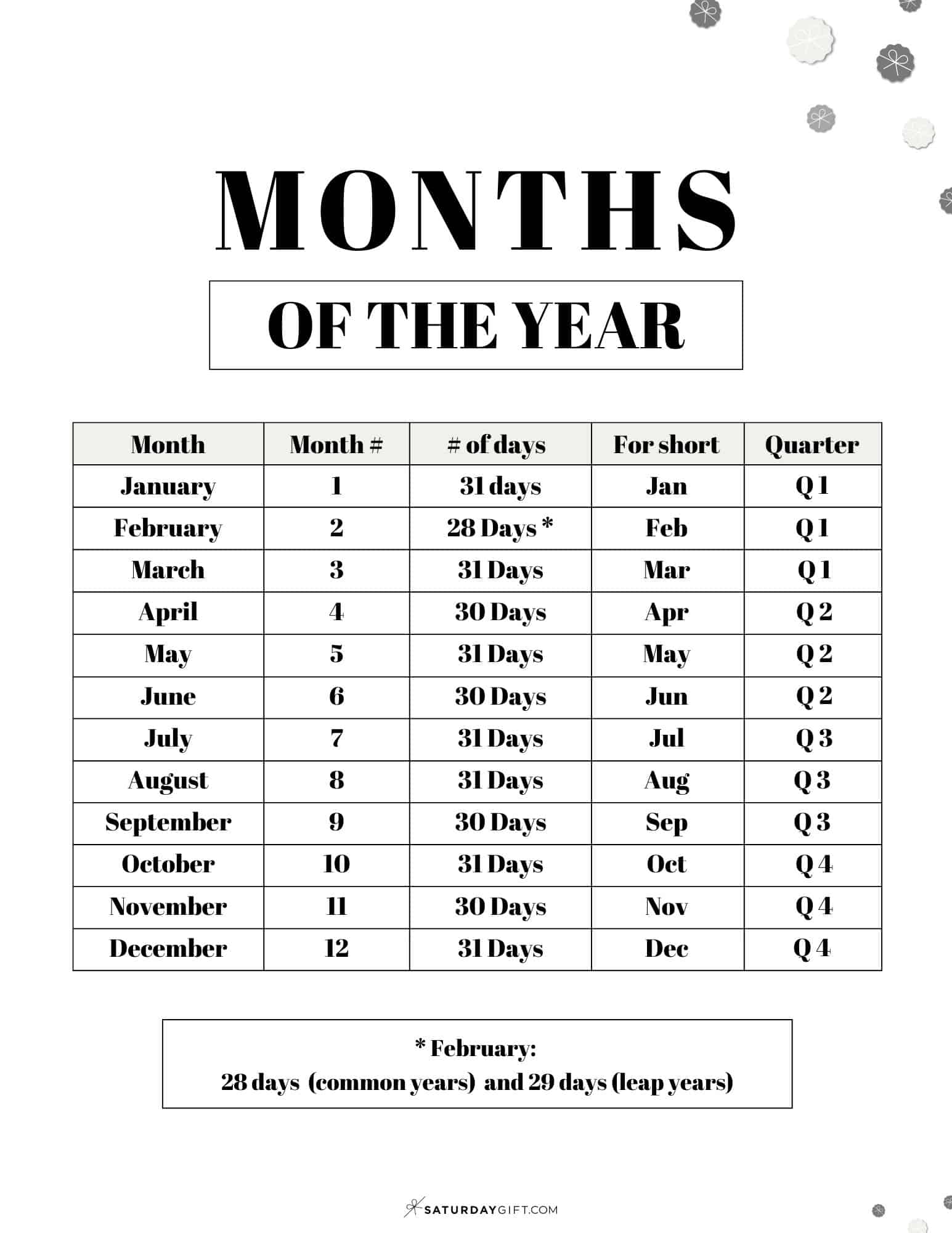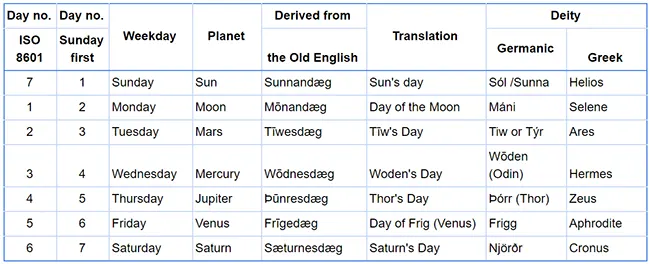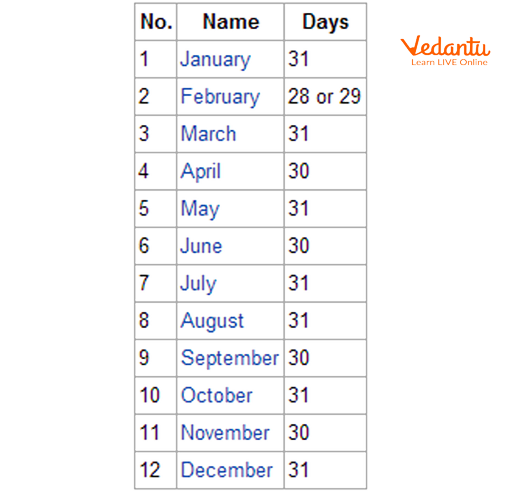How Many Years Is 750 Days

Time calculation urgently required: 750 days converted to years yields a crucial understanding. The exact conversion unveils a period exceeding two years, demanding attention for planning and forecasting.
Calculating the duration of 750 days in years is a straightforward mathematical exercise with significant implications for various applications, from legal contracts to project timelines. This article clarifies the precise equivalent, highlighting the importance of accurate temporal conversions.
The Definitive Answer: Years, Months, and Days
750 days is equivalent to approximately 2.0548 years. This figure is derived by dividing 750 days by the average number of days in a year (365.25, accounting for leap years).
To break this down further, 750 days is equal to 2 years, 1 month, and approximately 20 days. This approximation acknowledges the variable lengths of months within a year.
Methodology and Calculation
The fundamental calculation is: 750 days / 365.25 days/year = 2.0548 years. This computation utilizes the average number of days in a year to ensure accuracy across extended periods.
For a more granular breakdown, we can calculate the remaining days after two years: 750 - (2 * 365.25) = 19.5 days. These remaining days contribute to the one month and aforementioned 20 days.
Note that leap years, occurring every four years, slightly alter the calculation. A leap year contains 366 days, which influences long-term averages.
Applications and Significance
Understanding this conversion is vital in legal contexts, especially when dealing with contracts or statutes referencing periods in days. Precise calculations ensure compliance and prevent misinterpretations.
In project management, converting days to years helps in estimating long-term project timelines. This allows for more accurate resource allocation and milestone setting.
Financial planning benefits from this conversion, especially when calculating interest accrual or investment returns over extended periods. Knowing the precise duration impacts overall profitability.
Contextual Considerations
While 2.0548 years is the mathematically derived answer, practical applications often require rounding. The context dictates whether to round up or down.
For example, if a contract stipulates a term of 750 days and a deliverable is due at the end of the period, rounding down to two years might be inappropriate. However, for budgeting purposes, two years might suffice.
The key is to be aware of the potential implications of rounding and to make informed decisions based on the specific scenario.
Potential Errors and Misinterpretations
A common error is using 365 days as the sole divisor, neglecting the impact of leap years. This introduces a slight inaccuracy, especially when calculating over multiple years.
Another mistake involves assuming all months have 30 days. The varying lengths of months necessitate more precise calculations for short-term conversions within the 750-day period.
To avoid errors, always use the 365.25-day average or employ specialized date calculation tools.
Expert Commentary
"Accurate time conversion is crucial for informed decision-making across numerous sectors," states Dr. Anya Sharma, a leading statistician. "The difference between 365 and 365.25 may seem small, but it compounds over time, leading to significant discrepancies."
According to Dr. Ben Carter, a legal expert, "In legal contexts, precise calculations are paramount. Ambiguity can lead to disputes and costly litigation."
Their insights underscore the importance of precision and the potential consequences of neglecting seemingly minor details.
Conclusion: Implication and Action
The conversion of 750 days to approximately 2.0548 years is a fundamental calculation with broad applications. Continued awareness of leap years and monthly variations is essential for accuracy.
Organizations and individuals should review their time calculation methods to ensure precision. Future updates will follow any significant policy changes affecting temporal measurements or their legal interpretations.
Ongoing research into time measurement methodologies will further refine our understanding and ensure consistent accuracy across various fields.
